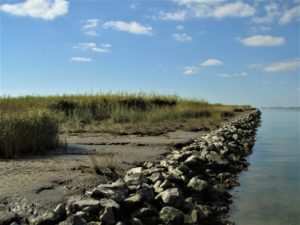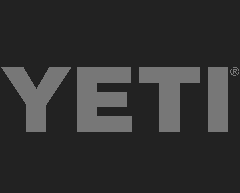
The San Bernard Wildlife Refuge shoreline protection project will plant cordgrass behind breakwaters where sediment has begun to accrete. This type of restoration has been successful up and down the Texas coast, such as this effort along JD Murphree Wildlife Management area in Jefferson County. Photo by John Blaha.
CCA Texas and its habitat initiative, Habitat Today for Fish Tomorrow, and the CCA National initiative, Building Conservation Trust, have funded over $9.3 million to habitat projects along the Texas coast.
By John Blaha
CCA Texas and its habitat initiative, Habitat Today for Fish Tomorrow, and the CCA National initiative, Building Conservation Trust, have funded over $9.3 million to habitat projects along the Texas coast. These funds have come from primarily the grass roots fund raising efforts of CCA Texas chapters across the state, but also through grants from private individuals, foundations and corporate gifts. Through the grass roots efforts and community grants and gifts, CCA Texas has supported and been a part of 46 habitat creation and restoration projects along the Texas coast.
The CCA Texas Management Committee recently approved $41,000 in funding for a 15 acre marsh cordgrass planting project on the San Bernard National Wildlife Refuge.
The CCA Texas Management Committee recently approved $41,000 in funding for a 15 acre marsh cordgrass planting project on the San Bernard National Wildlife Refuge. The San Bernard National Wildlife Refuge is located in Brazoria and Matagorda counties, and encompasses over 70,000 acres that protects salt marsh and saltwater lakes, coastal prairies, freshwater lakes and marshes, intermittent streams, and riparian and bottomland forests in the Brazos and San Bernard River floodplains. The refuge borders approximately 10 miles of shoreline along the Gulf Intracoastal Waterway (GIWW). Since its establishment in 1968, the refuge has historically seen shoreline erosion along the GIWW due to major storm events, heavy rains, and continuous wave action. In the most recent decades, this erosion has begun to consume roughly four feet of refuge marsh shoreline annually. This project will use smooth cordgrass (Spartina alterniflora) plantings to protect the area’s coastal estuarine marsh and help ensure continued protection of nearby communities from storm events. The refuge has recently added 4 miles of breakwater to minimize erosion and plans have adding subsequent projects for protection annually. Sediment will accrete behind these breakwaters and support marsh establishment. These plantings behind the breakwaters initiate new marsh creation, while also creating a strong living shoreline to protect against future storm events.
This project will also address eroding interior estuarine marshes at the refuge. These areas have been impacted by storms, subsidence, or other causes. Conversion of estuarine marsh to open water lessens the value of the refuge as a barrier to community storm impacts, and more importantly a loss of critically important estuarine habitat, that is the basis for much of the coastal eco-systems. These areas can be replanted with smooth cordgrass, and the planted areas will experience sediment accretion, followed by the eventual establishment of typical estuarine marsh plant species that occur at higher elevations than smooth cordgrass.
Execution of this project will be done so by working with local contractors specializing in plant harvest and transplant to harvest, transport, and re-plant the cordgrass plants (plugs). Cordgrass plugs are either raised in nurseries along the Texas coast or are hand-picked from the marsh locally. Once the plugs are on site, members, volunteers, Fish and Wildlife Service (FWS) staff, and chosen contractor employees will plant them. Plugs are typically planted by using a small spade shovel in water 18 inches or less. When planting is completed, monitoring will be done monthly by FWS staff to ensure the plants are growing and spreading along the coastal area. While contracted professional help will ensure that the planting acreage goal is obtained, community and volunteer grass plantings are being planned. This effort is a great opportunity to educate people about the importance of the coastal marsh to their communities. Outdoor enthusiasts such as birders and anglers will benefit from access to these areas as this project will increase resiliency for many years to come. Working with the community will only better educate the importance of the marsh and its sustainability for the future. FWS has many public areas and projects like this one. Working with CCA Texas members and the general public will introduce new visitors to the refuge, strengthen environmental education, and support further work between the refuge and local communities. CCA Texas staff and volunteers are excited to work closely with the US Fish and Wildlife Services employees on this beneficial project.





